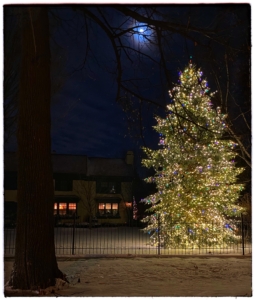Warmth and Laughter

A beautiful Christmas tree in St. Paul, MN 2020
Christmas 2020 was different for most everyone.
I typically travel home to Missouri to visit my family. We used to gather at my uncle’s for dinner before or after Christmas Eve mass. He loved to make New England Clam Chowder and play Christmas music on his stereo during the holiday celebrations. We would enjoy a meal and laughs together. When both my grandparents were still alive, sometimes my cousin and I could talk them into letting us open one gift on Christmas Eve. One year we both chose to open the heaviest package. It turned out to be a pound of nails from my grandpa. That year, we were consumed with building forts outside. There wasn’t a board on the property we hadn’t punched full of nails to build our forts. We even confiscated the dog bed for one of our structures before we were told to put it back. I don’t know if grandpa was trying to encourage our interest or simply keeping us from consuming more of his nails. So much Christmas tradition has changed over the years; however, the warmth and laughter of those times with family and friends have always been a part of Christmas for me. It is the one tradition that hadn’t failed me.
This Christmas has been very different for me and not just because of social distancing. My uncle died in 2019 and the family home we celebrated so many Christmas days in sold last month. This year was going to be different for my family even before COVID-19 jumped the pond. I chose not to travel home to see my family because of coronavirus. My significant other and I had a quiet Christmas at my house instead. We made Indian Butter Chicken (I chose a non-traditional Christmas dinner on purpose) and celebrated Zoom style with various family and friends. We spent the day in our jammies, exchanged gifts, watched Soul on Disney+ (totally worth the watch), drove around and looked at Christmas lights (it was a banner year for Christmas lights), and ate enough sweets to make us diabetic. It was cold outside in Minnesota and there was snow on the ground, but there were warmth and laughter inside.
Of all the things that have changed about Christmas for me, warmth and laughter is one tradition that remains constant. May it remain constant for you as well.

 © Catherine Haslag
© Catherine Haslag


 © Catherine Haslag
© Catherine Haslag
 © Catherine Haslag
© Catherine Haslag
 © Catherine Haslag
© Catherine Haslag
 © Catherine Haslag
© Catherine Haslag